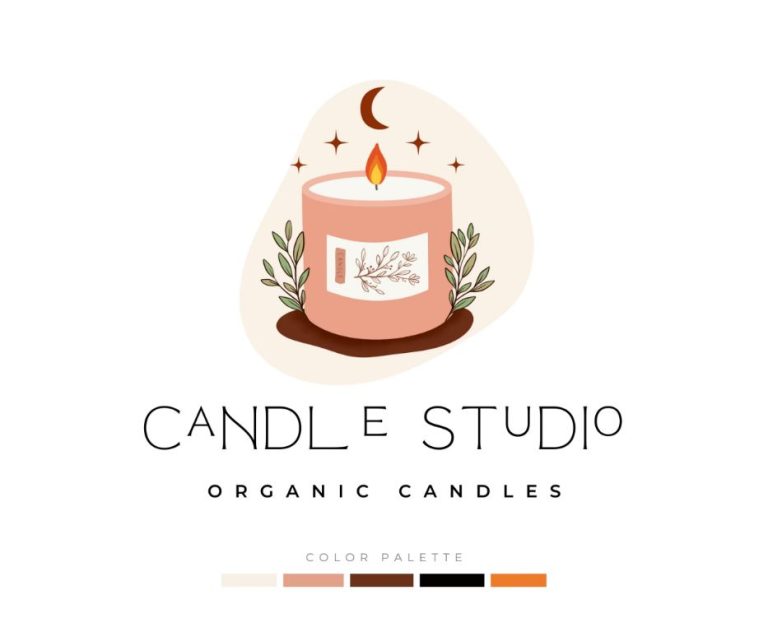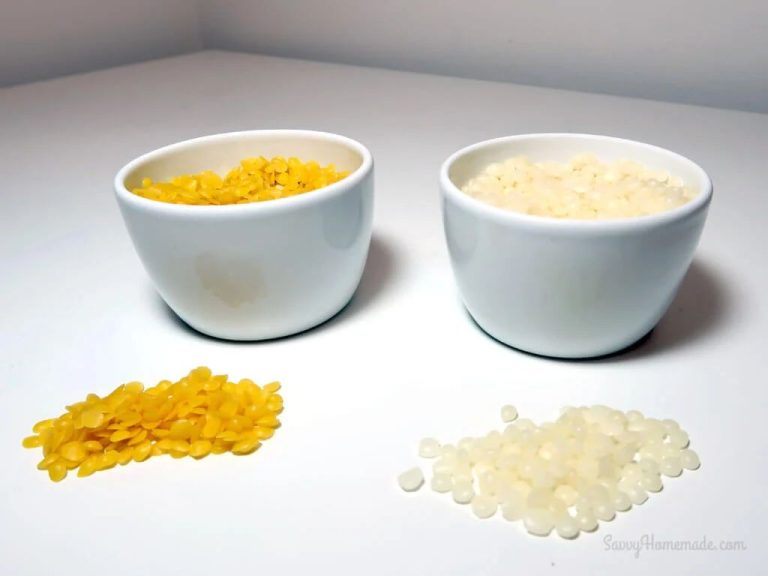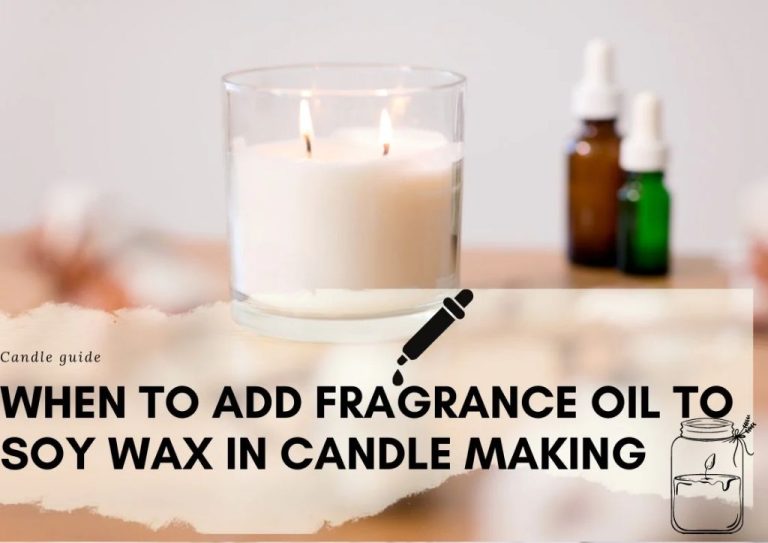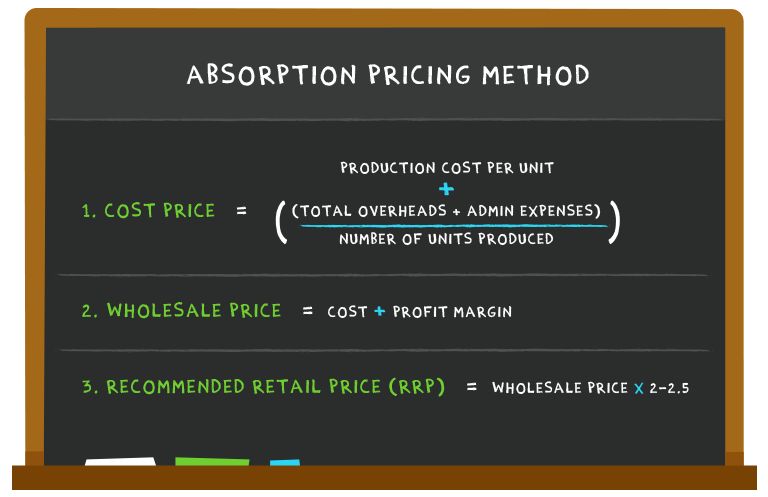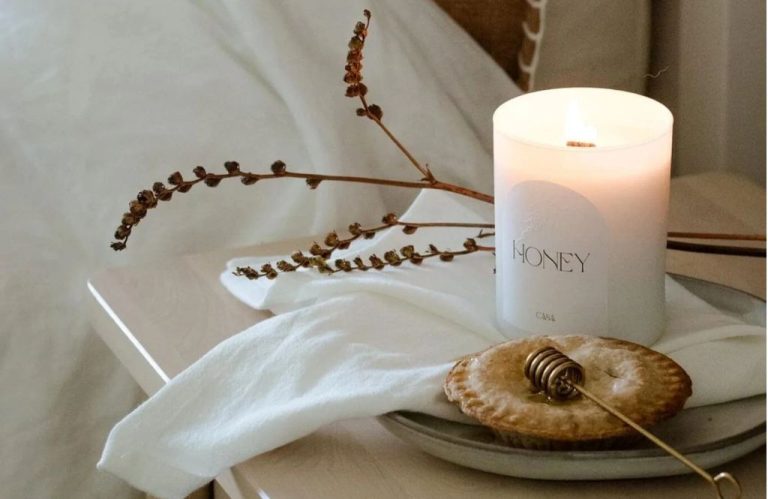How Do You Calculate Essential Oil For Candles?
Essential oils are natural aromatic compounds extracted from plants. They are highly concentrated and contain the natural scent and properties of the plant source. When added to candles, essential oils provide therapeutic benefits through aromatherapy as well as determine the candle’s fragrance. They allow candle makers to create natural, non-toxic products with specific aromatherapy benefits. However, essential oils are potent and concentrated so calculating the right amount is crucial for safety and effectiveness. Using too much can lead to irritation or allergies while using too little provides little scent or benefit. Therefore, properly calculating essential oil percentages for candles ensures a balanced, therapeutic product.
Factors That Influence Essential Oil Amount
There are several key factors that determine how much essential oil to use when making candles:
Wax Type – The type of wax used will impact how much fragrance it can hold. For example, soy wax generally requires more oil than paraffin wax to achieve the same scent intensity. Sources recommend using 30-50 drops per ounce of soy wax, compared to 10-15 for paraffin 1.
Candle Size – Larger candles will need more essential oil than smaller ones to properly scent the whole candle. A good rule of thumb is 100 drops per pound of wax as a starting point 2.
Scent Throw – The strength of the scent, also called “scent throw”, depends on the essential oil used and personal preference. Stronger scents like peppermint require less oil than lighter scents like lavender. Testing different amounts will allow you to find the right balance.
Personal Preference – Some may prefer a strong aroma while others like it more subtle. The essential oil amount can be adjusted based on personal liking.
Recommended Usage Rates
The amount of essential oil needed in candle making depends on several factors like the size of the candle, wax type, essential oil strength, and desired scent intensity. As a general guideline:
- For container candles, use 5-8% essential oil per pound of wax. Start with 6% and adjust up or down as needed. (Source)
- For pillars and votives, use 8-12% essential oil per pound of wax since more fragrance is needed for an even throw. (Source)
- Paraffin wax can hold more fragrance than soy wax, so you may need less essential oil. Test with 6% first. (Source)
- For weaker scented oils like chamomile, use up to 10%. For very strong scents like peppermint, start with 3-5%. (Source)
Always test different percentages to find the ideal amount for your candle type, wax, wick size, and personal preferences.
Measuring Essential Oils
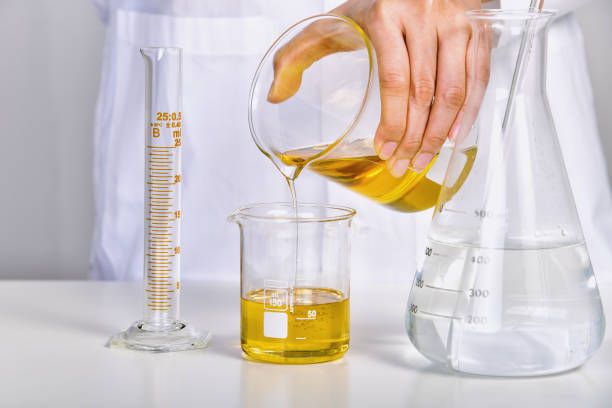
When making candles with essential oils, it’s important to accurately measure the oils to achieve the desired scent strength and safety. There are a few key techniques for properly measuring essential oils:
Get a precision scale that measures down to 0.01 grams. Measuring by weight instead of drops provides the most accuracy since drop size can vary (source). Small jewelry scales or kitchen scales can work well.
Use glass or plastic pipettes if measuring by drops. They help release uniform drops. Count the number of drops added (source).
Use proper containers like glass or plastic beakers. Avoid materials like plastic that can absorb oils.
Always label containers with the exact oil and date to avoid confusion later.
Measure in a well-lit room so you can clearly see the measurements.
Double check the amount before adding to wax to prevent errors.
Measure using weight/volume ratios. For example, 1 ounce of carrier oil could need 12 drops of essential oils (source).
Use dedicated tools and clean in between uses to prevent cross-contamination.
Testing and Adjusting Essential Oil Amounts
It is extremely important to test different amounts of essential oils in your candle formulas. Each essential oil, wax type and wick will behave differently, so testing is the only way to dial in the right essential oil amount for your specific candle. As recommended by CandleScience, start testing with essential oils at a 3-5% fragrance load. Make candles with incremental increases in fragrance load like 3%, 4%, 5% and so on until you reach the maximum recommended for that oil.
While testing, be sure to take detailed notes on each candle’s hot and cold scent throw, how well the wax adheres to the container walls, soot development, and how cleanly the candle burns. Look for the point where increasing fragrance load no longer improves scent throw and makes the other aspects suffer. That is usually the optimal percentage for that essential oil. You may need to adjust your formula multiple times to find the right balance for each particular essential oil blend.
Testing is a key part of candle making because there are so many variables at play. Do not rely on generic usage recommendations, but instead take the time to test and find the ideal essential oil amounts for each of your custom candle recipes. Careful testing will result in greatly improved candle performance and a better experience for your customers.
Storing Essential Oils
Proper storage is crucial for maintaining the freshness and potency of essential oils. There are a few key factors to keep in mind when storing oils:
Keep oils in airtight containers. Exposure to air causes the volatile aromatic compounds in essential oils to evaporate, so storing in containers that seal tightly is important. Amber or blue colored glass bottles are ideal.
Store oils away from light. Light can degrade certain compounds in essential oils, so keep them in a dark cupboard or drawer. If storing oils in clear bottles, wrap with opaque covering or store the bottles in boxes.
Keep oils cool. Heat can cause essential oils to evaporate and lose potency faster. Store oils in a cool, dry place like a refrigerator (but not near food). A root cellar or basement are also good options if available.
Don’t store near strong aromas or chemicals. The compounds in essential oils are highly concentrated and can absorb surrounding odors. Keep them away from household cleaners, perfumes, etc.
Use oils within 1-2 years. The shelf life varies by oil, but most stay fresh for 1-2 years when properly stored. Citrus oils have shorter shelf lives of 6-12 months.
Store oils intended for candles separately from those used aromatically. Cross contamination of scents can occur over time.
Follow the above tips to extend the shelf life of your essential oils and maintain their purity.
Blending Essential Oils
When making candles with essential oils, it is common to blend multiple oils together to create a desired scent. Certain essential oil combinations complement each other well. Some popular blends for candles include lavender and lemon, orange and cinnamon, and rosemary and eucalyptus (Wildly Organic, 2016). However, it is important not to over-blend too many oils, as the scents can become muddled. A good rule of thumb is to choose no more than 3-5 complementary oils for your candle blends. You can start with a base note oil like lavender and experiment adding smaller amounts of middle and top note oils until you achieve the perfect scent. Keep testing your blends and taking notes. This will allow you to recreate successful blends in the future.
Safety Considerations
Essential oils can cause skin irritation or allergic reactions for some people. Many essential oils, including citrus, cinnamon, and peppermint, contain compounds that can be irritants. Always do a patch test before using a new essential oil, especially on your skin. To patch test, apply a small amount of diluted essential oil to your inner arm and wait 24 hours. If no reaction occurs, the oil should be safe to use.
Certain oils like wintergreen and eucalyptus should be avoided around children and pets, as they contain compounds that can be toxic if ingested. Pregnant women should consult their doctor before using essential oils.
Never apply undiluted essential oils directly to your skin, as they are highly concentrated and can cause burns. Always mix essential oils with a carrier oil or dilute in water first. Follow usage instructions carefully and start with smaller amounts until you know how your skin will react.
Be aware that heat can change the chemical structure and scent of essential oils. Take care when adding oils to melted candle wax, as high temperatures may reduce benefits or increase irritation. Test your candle after cooling to check fragrance and burn properties.
Common Mistakes
Some common mistakes to avoid when working with essential oils for candle making include:
Using old or oxidized essential oils – Essential oils can go bad over time if not stored properly, resulting in diminished scent or even failure of the candle. Only use fresh, high quality oils.[1]
Not stirring enough – It’s crucial to thoroughly incorporate the essential oil into the wax. Insufficient stirring can lead to an uneven distribution of fragrance.
Adding too much essential oil – Using more than the recommended amount of essential oil can lead to issues like oil saturation, sweating, and sinkholes. Start with lower percentages and test burn.
Using wicks that are too small – The wick must be properly sized to the candle diameter and oil content. A wick that is too small for the amount of essential oil can result in drowning and poor scent throw.
Pouring wax that is too hot – Hot wax does not hold as much fragrance. Pour temperatures around 185°F allow more thorough scent incorporation.
Not allowing proper cure time – Candles need 1-2 weeks to fully cure and stabilize. Burning too soon can impact performance.
Conclusion
Calculating the right amount of essential oil for candles takes some trial and error, but following usage recommendations, carefully measuring, and testing each batch will help develop the ideal recipe. Key takeaways when working with essential oils for candles include:
- Start with recommended usage rates based on oil strength and candle wax amount.
- Measure oils precisely using a gram scale or drops.
- Test burn time, scent throw, and aroma with sample batches.
- Adjust oil amounts gradually to achieve desired results.
- Always handle oils safely by avoiding skin contact.
Following proper essential oil usage guidelines will allow candle makers to create effective products that are aromatic, long-lasting, and safe. Taking the time to test and refine a candle recipe leads to ideal essential oil scenting.

